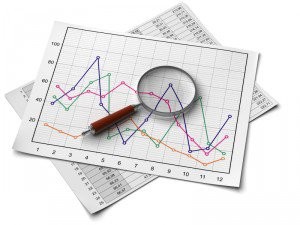Understanding State Supreme Court Elections in the U.S.
In a significant judicial event, Susan Crawford emerged victorious against Brad Schimel, a candidate backed by former President Trump, in what has been described as the most costly judicial contest in history. This election solidifies the liberal majority of the Wisconsin Supreme Court, which was notably influenced by substantial campaign spending, including donations linked to prominent figures such as Elon Musk.
The Landscape of Judicial Elections in the U.S.
This result prompts a broader inquiry into how judges are elected across the United States. A notable portion of states employs popular elections for selecting members of their highest courts.
Election Methods by State
Currently, there are 21 states that opt for popular elections to fill supreme court positions. Additionally, there are 11 states where judges are elected for trial or intermediate appellate courts, but not for the supreme court.
Retention Elections
In contrast, 16 states employ alternative selection methods for initial terms, which may include:
- Legislative elections
- Gubernatorial appointments
- Assisted appointments (nominating committees provide candidates to governors)
Nevertheless, judges in these states are still subject to retention elections, allowing voters to decide whether to retain an incumbent judge for another term, as opposed to choosing between multiple candidates.
Interactive Resources
For an interactive overview of how different states select their judges, consider exploring the Brennan Center for Justice’s judicial selection map.

